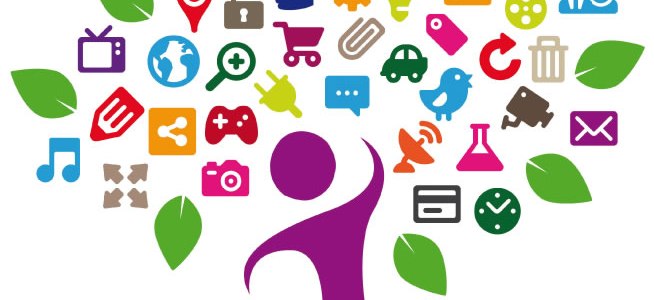Sandra L. Calvert, Bonnie Strong, and Lizann Gallagher, authors of Control as an Engagement Feature for Young Children’s Attention to and Learning of Computer Content, conduct an experiment in which they determine how adult-directed control or student-directed control effects the learning and behaviors of students. They also looked at how the study effected males differently than it effected females. First, this article was very interesting to read. However, the results were not surprising. When students have control over learning, of course they are going to be more motivated and engaged. However, I do find it interesting how the boys were more aggressive when their control was taken away. After reading this, I noticed that in many situations in my own teaching. For example, as a guided reading teacher, if there is extra time, I sometimes let my students choose if they would like to do a fun activity (favorite part, new ending, put yourself in the story, etc.). I’ve noticed, when they get to choose, I get paragraphs of responses. However, when I assign one, I get a couple of sentences at most. Because of this, I see some validity in this experiment.
N. Yelland, author of New technologies, playful experiences, and multimodal learning, offers information regarding the concept that young children learn best through play. I have mixed feelings about this controversial issue. On one hand, I agree with it. Playing allow students to hit those developmental milestones that are needed before learning actual curriculum. It’s like that saying, you need to learn how to walk before you run. However, I do think that play is not the only source of “learning” that young children should receive. I think it is important to incorporate some academics into the days of 1-4 year olds. I also think that once a student hits kindergarten, the focus should be more on academics and less on play, only because of the high expectations put on students in later grades.
Steinkuehler, Constance Squire, Kurt Barab, Sasha, authors of Games, Learning, and Society, suggests that the implementation of Augmented Reality games into the classroom can result in a more meaningful learning experience. I could not agree more with this article. AR games allow teachers to integrate technology into the curriculum in a meaningful way. It reminds me of the craze Pokemon Go. This game can be considered an AR game because players use real-life location to “catch pokemon.” If such a simple game can get people motivated to go outside and walk around, maybe AR games can motivate students to learn.








